Top 5 Ways To Improve 4×4 Performance For Less
Photography by John Cappa and Courtesy of the Manufacturers
If you’re like us, you’re probably a savvy shopper and constantly looking for the best bang for the buck, no matter what the case. Aftermarket parts and the modifications you make to your 4×4 should be no different. The good news is that there are several off-road modifications from lift kits to traction adders that can significantly improve the looks and or performance of your 4×4 at a minimal cost. The key is to know what parts to pull the trigger on. The best parts improve both looks and performance, but there are some that you shouldn’t skip just because they are hidden away in the chassis of your off-roader. Those with a taste to build a sleeper 4×4 that looks stock, yet is still able to manhandle tough trails will want to take a closer look at the less obvious and hidden low-profile upgrades. We’ll go ahead and help you take the guesswork out of where you can make the biggest improvements for the least amount of money. Here are the top parts you should be adding to your 4×4 to get the best bang for the buck.
Suspension Leveling Kit
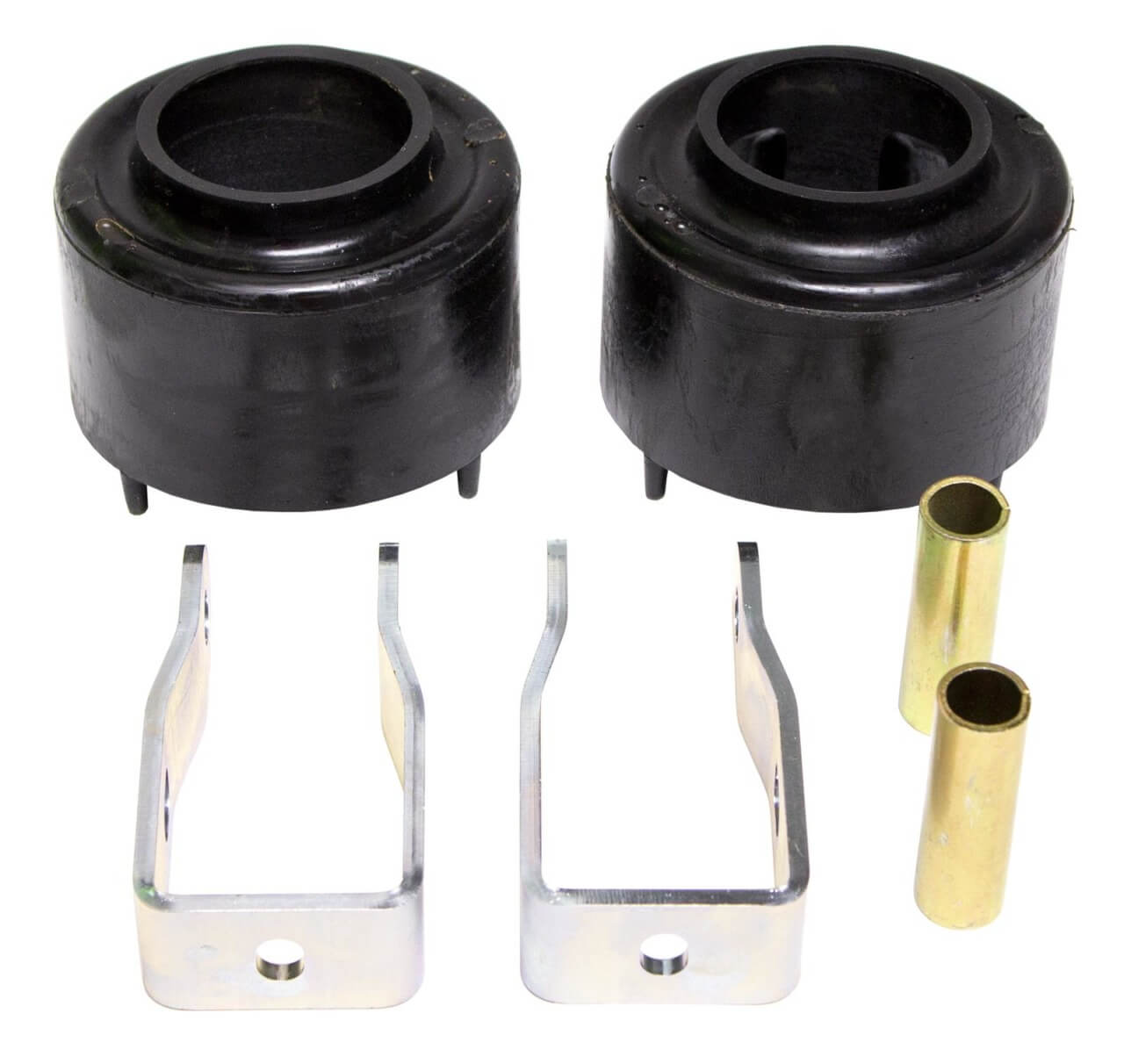
Suspension leveling kits come in a wide range of costs and complexities depending on the model 4×4 you are working with and its suspension type. A low-buck spacer kit won’t noticeably alter suspension performance much, but it will usually allow the fitment of larger more aggressive tires, which can significantly increase off-road performance.
Most modern 4x4s come from the factory with the front suspension sitting lower than the rear. While this nose-down stance is proven to increase fuel economy, it’s not a favorite look for most 4×4 enthusiasts. It also decreases the off-road approach angle and limits the tire size you can fit on the front end. Fortunately, there are leveling kits available for nearly every 4×4. They are the least expensive and most popular lift kits available today. Leveling kits range from 1-inch to 2.5 inches depending on the make and model and some kits feature lift height adjustability. A leveling kit will generally offer the clearance needed to fit aftermarket tires that are three sizes larger than stock, and sometimes bigger. Many leveling kits include high-end shocks that improve suspension performance off-road, and some feature compression adjustment knobs that can be used to tune the ride of your 4×4 both on- and off-road.
Off-Road Tires
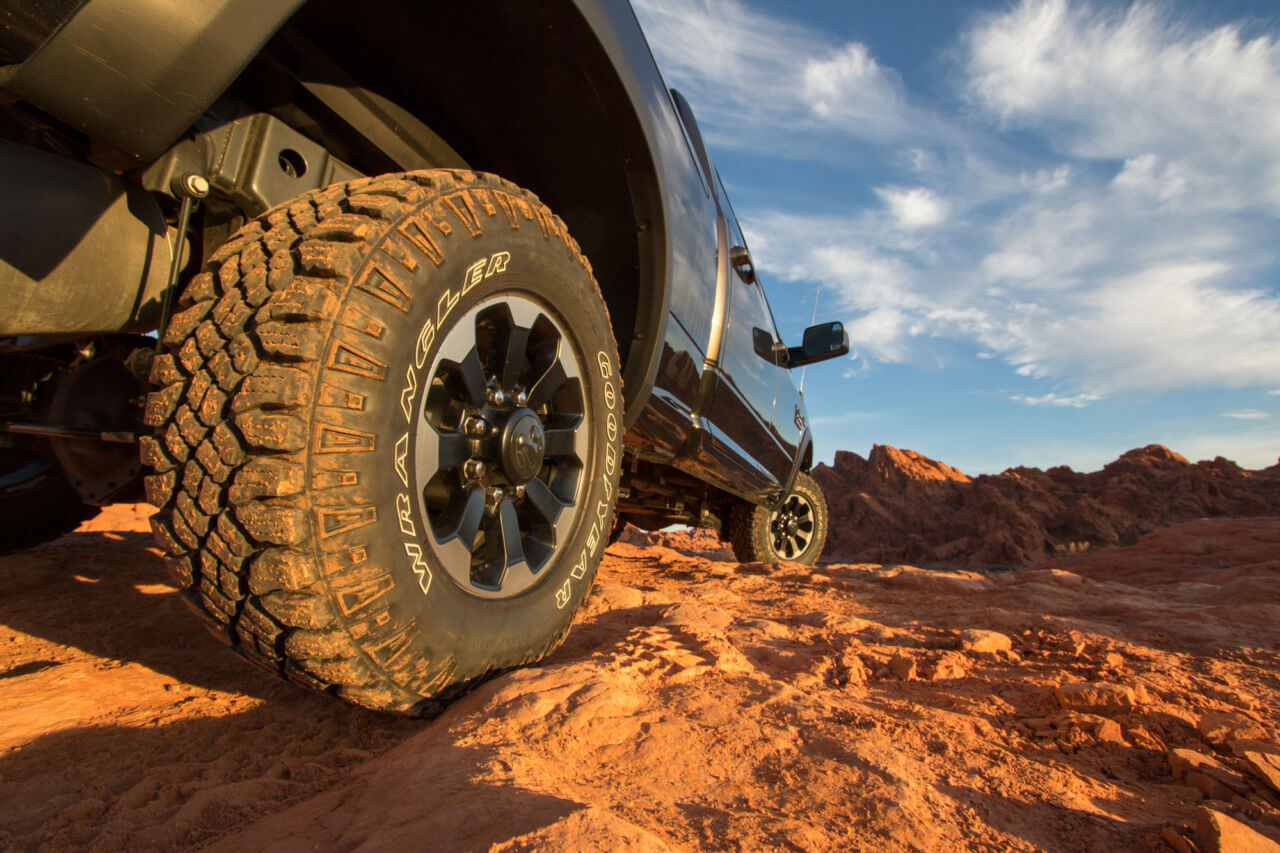
Most 4x4s can fit aftermarket tires that are one to two sizes larger than stock without a lift. A true light truck all-terrain, mud-terrain or tweener tire (think RT type tire) will offer more traction than the typical P-metric passenger car tires found on most stock 4x4s. The heftier LT tire carcass is also more durable off-road than the carcass of a P-metric tire.
With the exception of only a handful of OE 4x4s with top tier off-road packages, most new 4x4s come with street-based tires that provide marginal off-road performance. Some are even P-metric passenger car tires. Making the switch to a light truck (LT) all-terrain, mud-terrain or a tweener tire with both AT and MT characteristics will offer superior off-road performance and durability when compared to most OE 4×4 tires. The aggressive tread patterns will do a much better job of gaining traction off-road, especially when properly aired down. Three-ply sidewalls, chunky sidewall tread and built-in rim protectors are also good off-road tire features to look for. It’s best to match the tires you choose with the type of terrain you frequent most. An all-terrain will be the best choice for most applications unless you frequent slick muddy terrain often. If that’s the case, you’ll have to make the choice between a tweener and a mud-terrain tire. Regular visitors to snowy and icy conditions should choose a tire with the Three Peak Mountain Snowflake rating instead of the traditional M+S mud and snow rating.
Rocker Protection
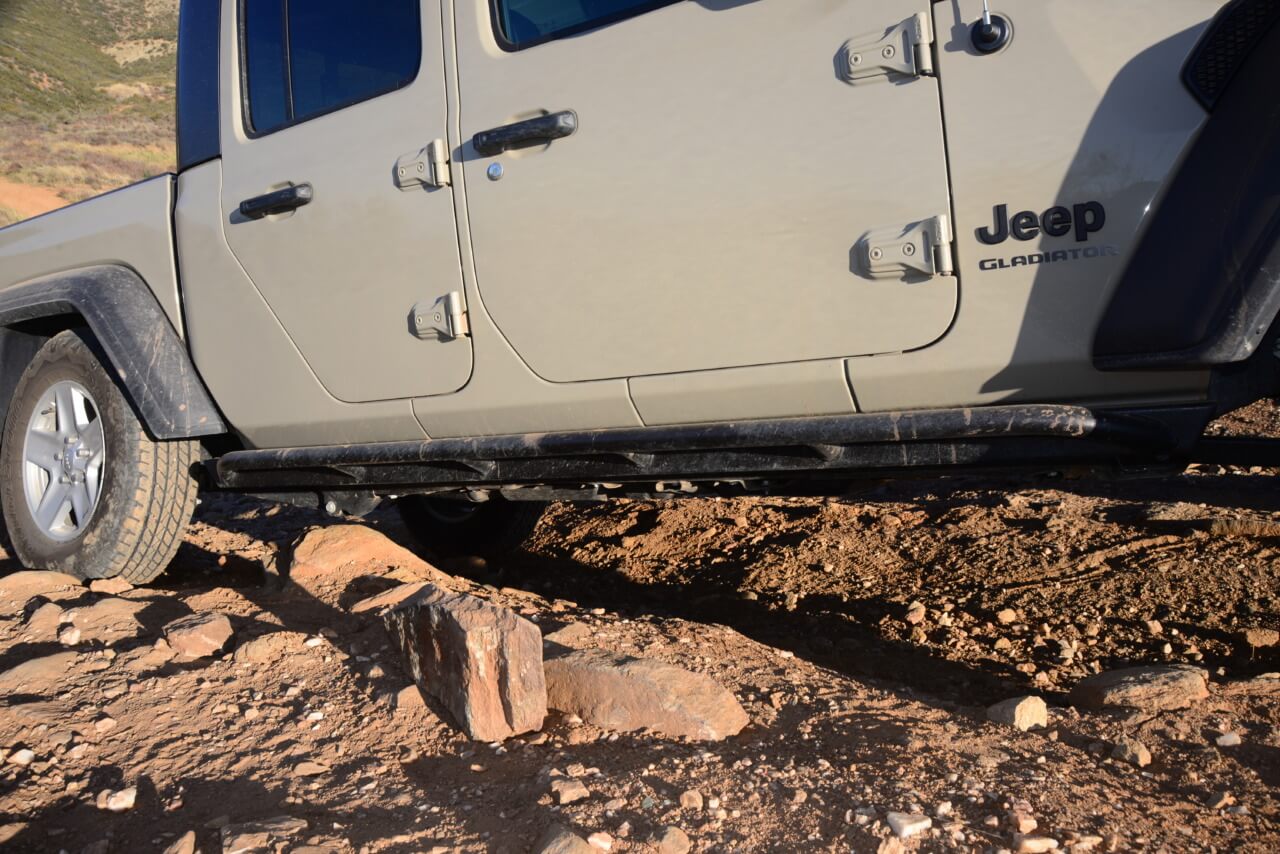
The rocker area of your 4×4 is the most damage prone area of the body when driving off-road. It’s also one of the most difficult and expensive to repair. If you frequent trails with ditches, ledges or large rocks, a set of rocker guards should be the first body armor you install. They can also fend off door dings and stray shopping carts in the parking lot.
If you’re in the market for more body protection, your money is best spent on rocker guards. Of course it’s not uncommon for the front and rear bumpers to get dinged up off-road, but they are easily replaced and typically won’t cause collateral damage when they take a hit. The rocker area is the most vulnerable part of the body on a 4×4. You can easily do a lot of damage to the rockers off-road and it can be really expensive to repair. Any 4×4 that is used in the rocks or on tight twisty washed out trails should have some sort of rocker area protection. Factory tube steps and running boards are generally not up to the task of supporting the weight of the vehicle on an obstacle. In most cases these OE steps will crush under the vehicle weight and smash themselves into the body metal above them. Look for sturdy rocker protection that attaches to the frame.
HID or LED Off-Road Lights
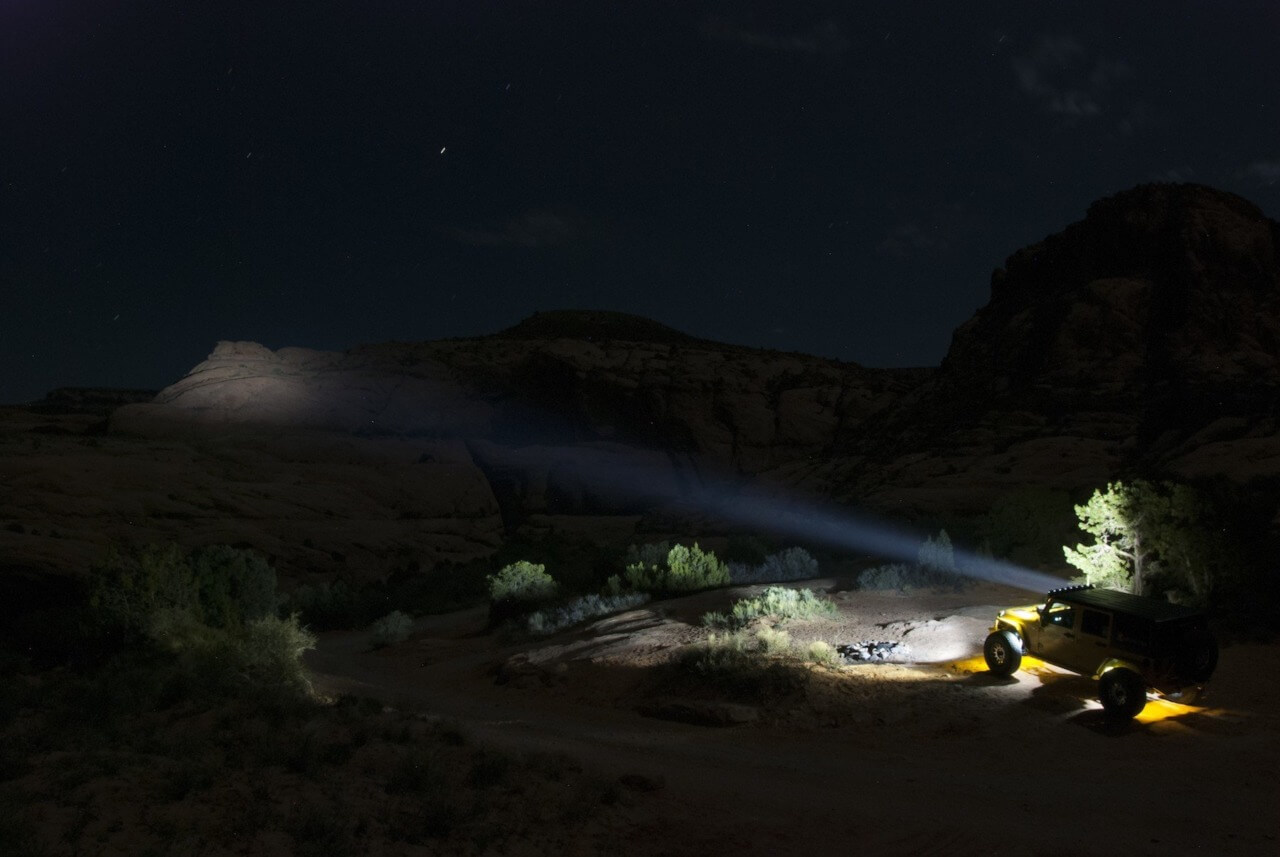
Adding the proper HID or LED lights to your 4×4 will increase what you can see at night. Better visibility means you should see better lines up the trail and be able to avoid damage from hidden obstacles. Be sure to choose the correct lights for your application and driving style.
At nighttime, rural roads and off-road trails can be difficult to navigate with only the factory headlights. More lighting in these conditions is always safer. If you love night ‘wheeling, adding some aftermarket HID or LED off-road lights is the easiest way to make it even better. Once you can see where you are going, you can pick better lines and see that washout, rock, deer or fallen tree in the middle of the road that would otherwise surely destroy your 4×4 and ruin your day. To get the best bang for your buck from your new lights, you’ll generally want to mount them on the front bumper. This will minimize glare for the driver, while still allowing the lights to reach out as far as possible into the night in most weather conditions. Spot beams are the best choice for those that like to drive faster and have the need to see further out, while flood beams are best for thick wooded and twisty trails where slower speeds are more common. If you encounter a mix of nighttime driving conditions and speeds, you can opt for driving beams. Driving beams offer the lighting benefits of both spot and flood lights.
Rear Locking Differential
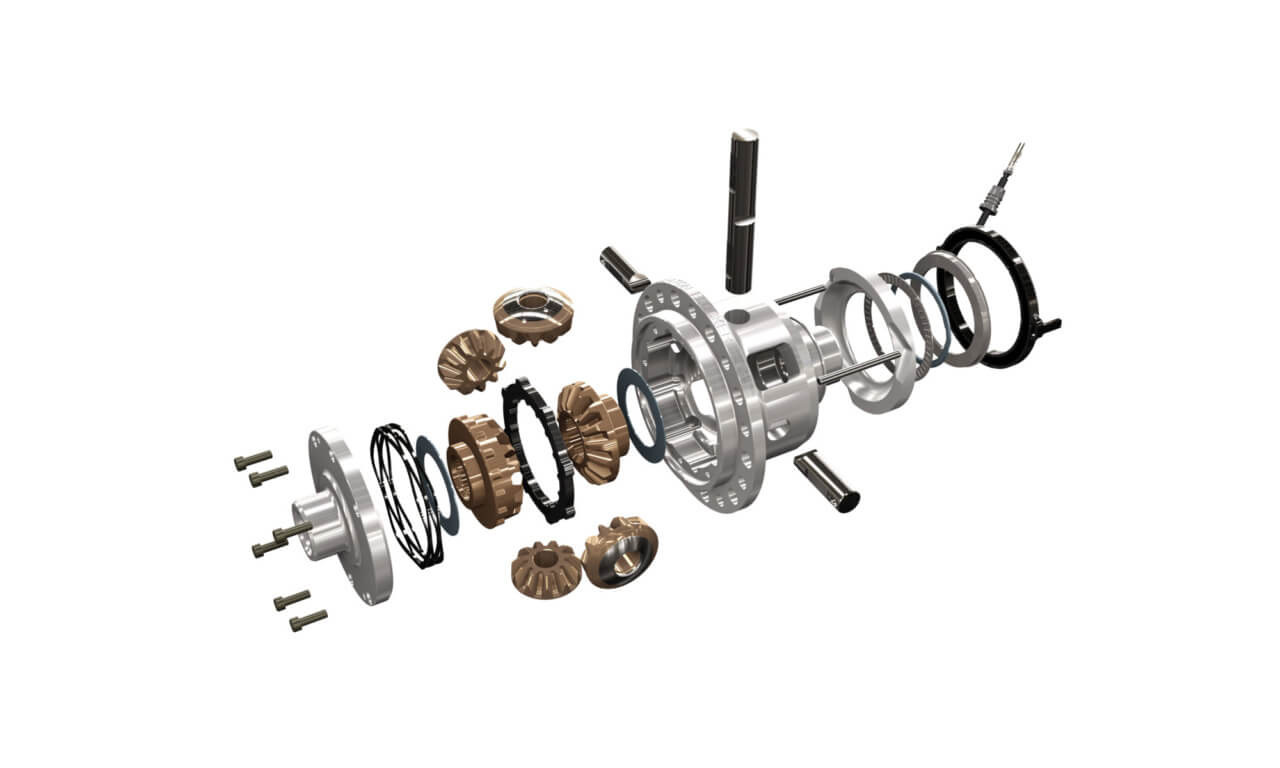
Few modifications will get you further up the trail as well as a rear locking differential. It’s such an effective addition that many factory off-road packages include a rear selectable locker. Selectable lockers make the most sense for modern 4x4s with traction control and ABS, while some older 4x4s can get by with a less expensive automatic locking rear differential.
Few other modifications will improve off-road performance as much as adding a locking differential to the rear axle of your 4×4. Open differentials and even limited-slip differentials provide marginal traction off-road, especially when the suspension gets to twisting and tires start lifting off the ground. A locking differential will provide torque to both rear wheels, regardless of if a tire is in the air or not. This will get you further up the trail or through the bog. Newer 4x4s with sensitive traction control and ABS systems will benefit from the use of a selectable locking differential, which can be turned off for street use. Older analog 4x4s can make use of automatic locking differentials or selectable locking differentials. Shorter wheelbase vehicles will notice some handling quirks with an automatic locking rear differential, but it’s usually not too much of a handful for experienced drivers.




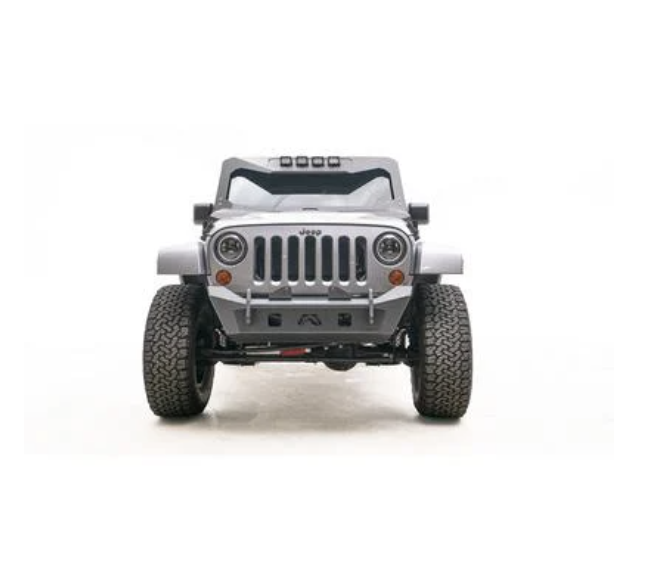

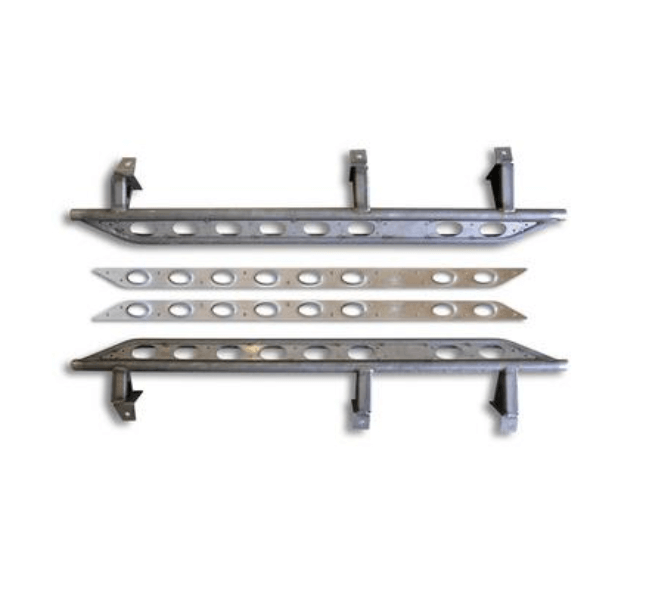
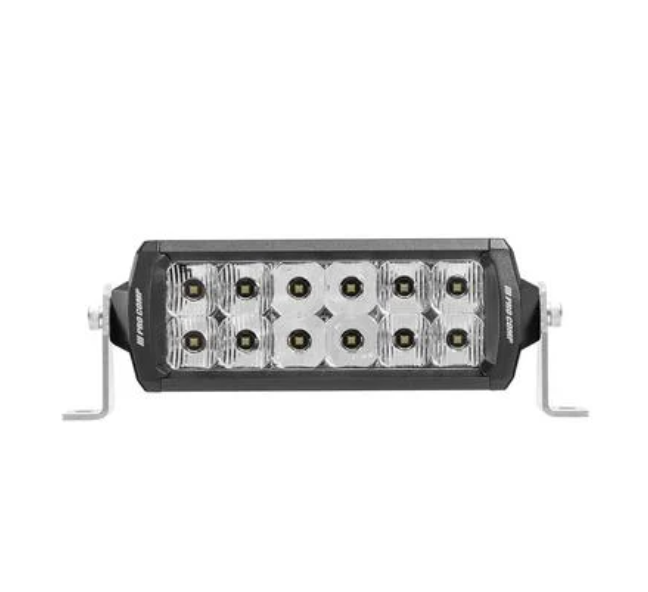
2